
Introduction to FCC Certification in the US
To sell products in the United States, it's essential to understand and comply with the requirements of U.S. federal regulations, ensuring product compliance in the U.S. market. One of the fundamental requirements is mandatory FCC certification, a basic entry barrier to the U.S. market. Recently, the TEMU platform announced that, in addition to strengthening the verification of FCC certification qualifications for products sold to the U.S. market, it also emphasizes the compliance management of FCC documentation. For non-compliant products, TEMU will take measures including, but not limited to, actively responding to regulatory authorities' requests, issuing risk alerts to buyers, removing products from the platform, and notifying buyers or other related parties to destroy or return the products.
What is FCC Certification?
The FCC, or Federal Communications Commission, established in 1934, is an independent agency of the U.S. government directly accountable to Congress. According to the Code of Federal Regulations (CFR 47), most electronic products entering the U.S. market require FCC certification to ensure compliance in wireless communications. FCC certification is mandatory for most electronic devices, including radio equipment, communication devices, and other products using wireless technology. However, certain products or circumstances may be exempt from FCC certification. This certification ensures that products comply with U.S. regulations and standards in terms of electromagnetic compatibility, wireless spectrum usage, and wireless communication performance, safeguarding public safety and effective wireless communication.
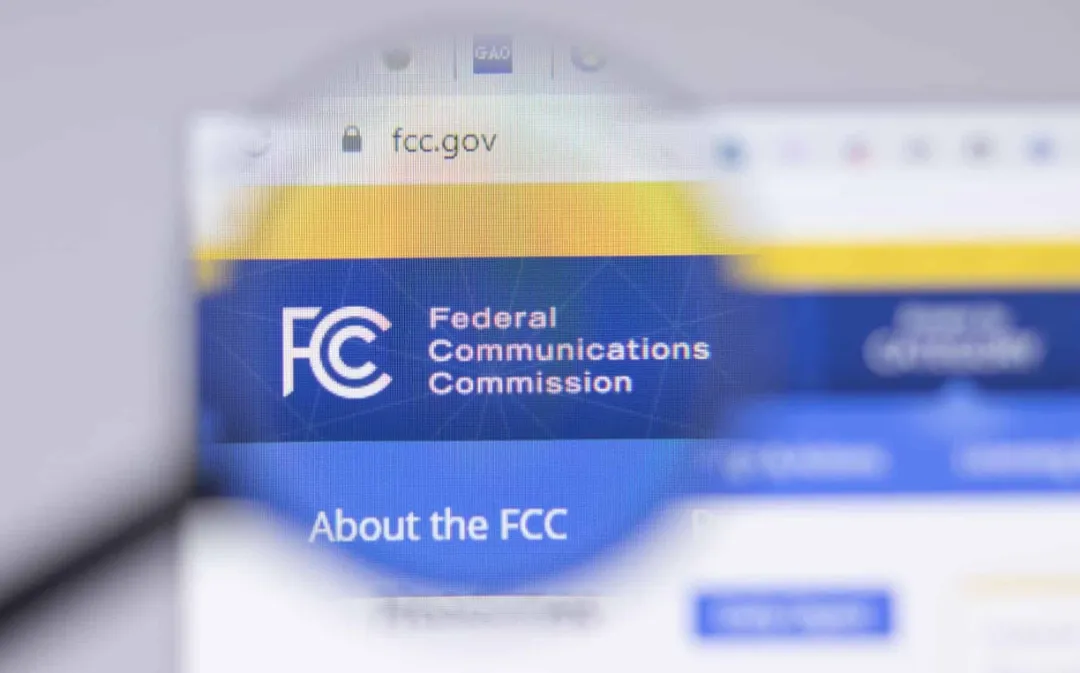
Which Products Require FCC Certification?
FCC certification applies to all radio equipment and other electronic products sold or supplied to the U.S. market. If the device generates electromagnetic radiation or has radio transmission and reception functions, it needs FCC certification. Specifically:
- Radio Transmitting Devices: e.g., mobile phones, WiFi devices, Bluetooth devices, radio transceivers, etc.
- Wired Telecommunication Devices: e.g., telephones, modems, fax machines, telephone line protectors, etc.
- Digital Devices: e.g., computers, servers, printers, copiers, scanners, etc.
- Power Equipment: e.g., power adapters, power tools, household appliances, etc.
- Other Electronic Products: e.g., in-car electronics, radar devices, medical devices, etc.
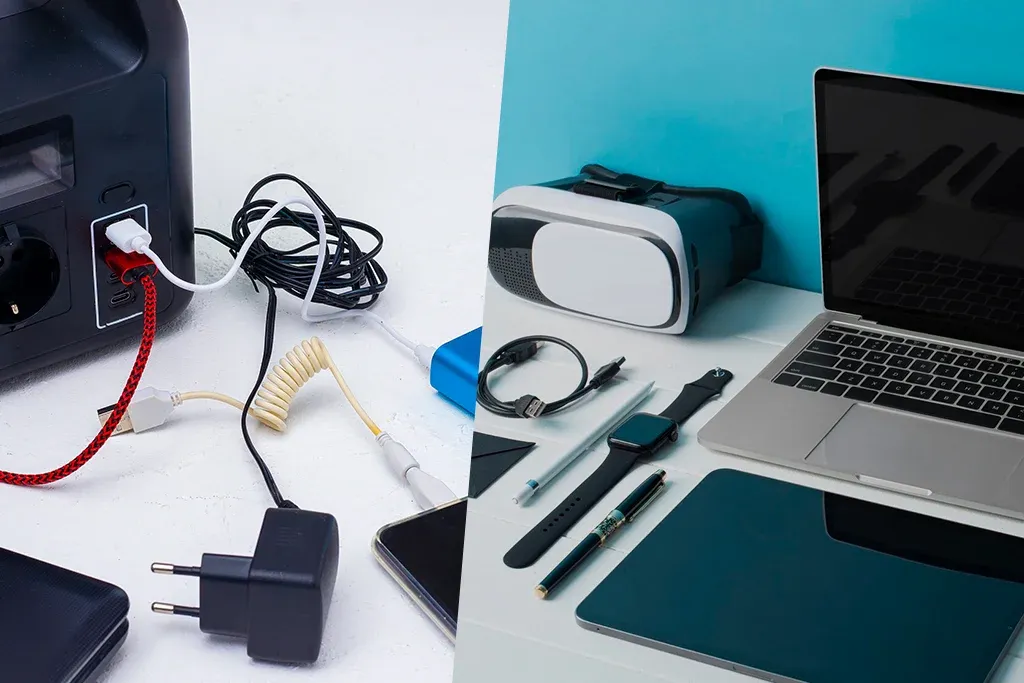
Currently, the FCC has two types of certifications. Sellers need to determine whether their products require FCC-SDoC or FCC-ID. When selling products, merchants must comply with platform requirements, providing accurate and complete qualification documents to ensure product compliance and market entry requirements are met.
1. Ordinary Products – FCC-SDoC: Applicable to regular electronic products without wireless transmission functions, such as electronic scales, humidifiers, robotic vacuum cleaners, electric fans, etc., if they do not have wireless functions.
2. Wireless Products – FCC-ID: Specifically for wireless communication devices, such as mobile phones, wireless keyboards, wireless mice, wireless remote controls, Bluetooth speakers, tablets, etc.
How to Ensure FCC Compliance?
FCC certification ensures that products meet U.S. regulations and standards in terms of radio frequency and electromagnetic compatibility. Sellers need to test their products, follow the FCC application procedures, and adhere to labeling requirements. They must also stay updated with regulatory changes and new requirements.
A. Physical Label Requirements
1. fcc id Marking: The FCC requires manufacturers of RF energy-emitting products to place a certification mark (FCC ID) on their devices. The FCC ID can be affixed to the product, etched on the exterior, or displayed electronically. Legally, the FCC ID on any product must be clearly visible and readable without magnification, for example: FCC ID: XXXXXXXXX.
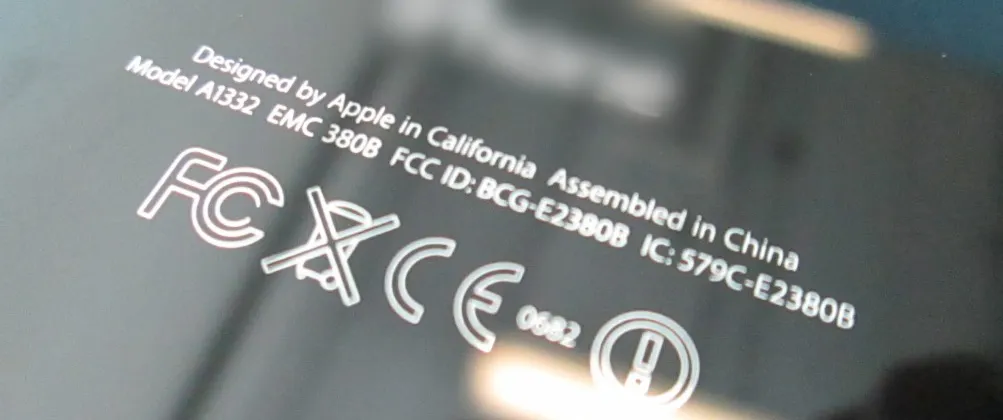
2. FCC Declaration: The FCC requires that labels of all products authorized under fcc sdoc or FCC certification include one of the compliance statements.
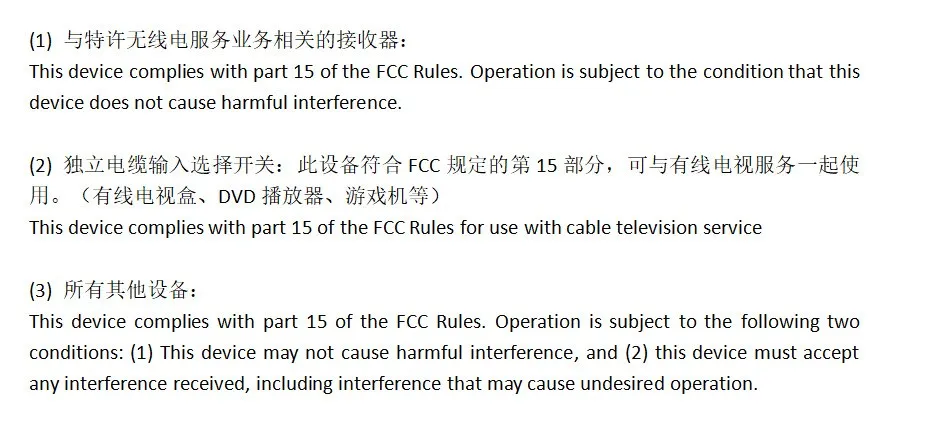
B. User Manual Requirements
According to U.S. regulations, electronic products that emit RF energy, whether intentional (FCC ID) or unintentional (FCC SDoC), must include "Information to User" in the user manual. This information should consist of:
1. For related electronic equipment or peripherals, the user manual should include the following or similar statements, placed prominently in the main text.
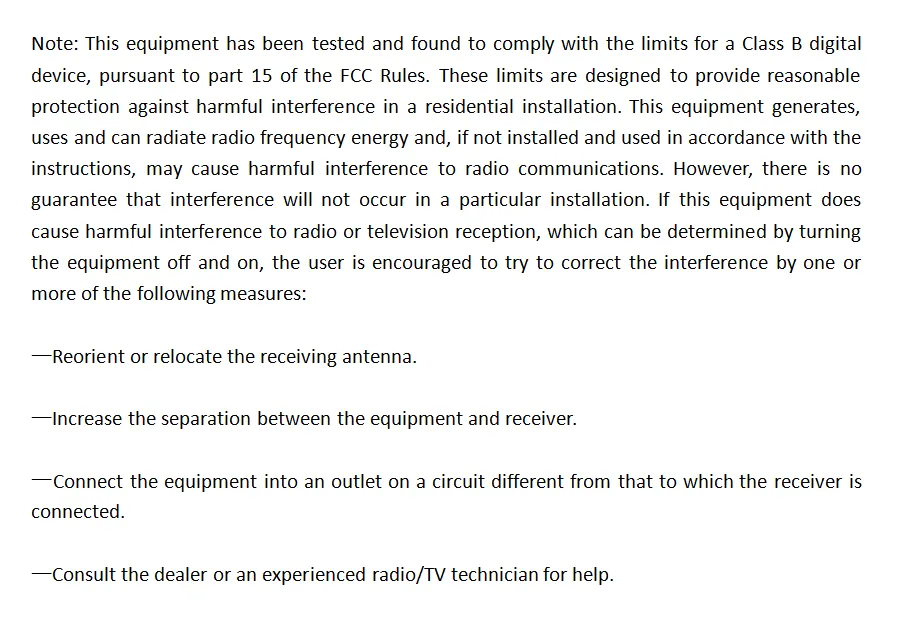
2. The manual should warn users that unauthorized changes or modifications not expressly approved by the compliance responsible party could void the user’s authority to operate the equipment, with content similar to the following:

Email:hello@jjrlab.com
Write your message here and send it to us
 ASTM D4169 Drop Test
ASTM D4169 Drop Test
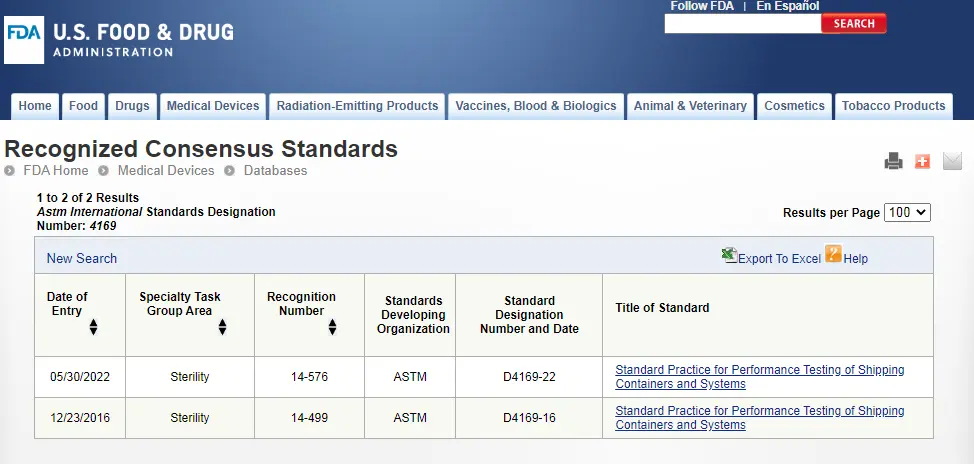 ASTM D4169 Packaging Simulation Transportation Tes
ASTM D4169 Packaging Simulation Transportation Tes
 What is ASTM D4169 Testing?
What is ASTM D4169 Testing?
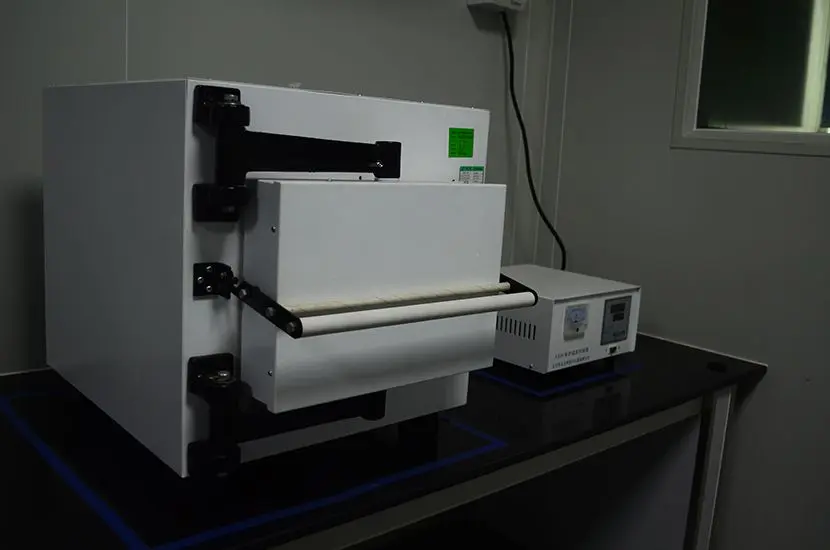 ASTM D4169-23 Test Standard Revision
ASTM D4169-23 Test Standard Revision
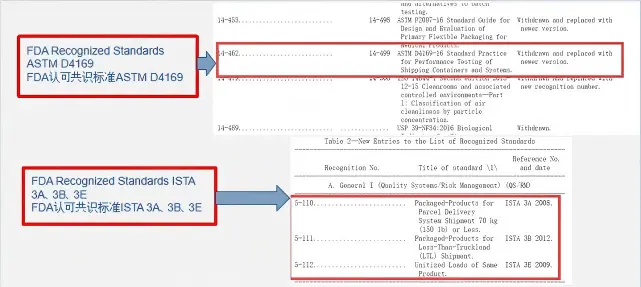 Transport Simulation Testing for Medical Device Pa
Transport Simulation Testing for Medical Device Pa
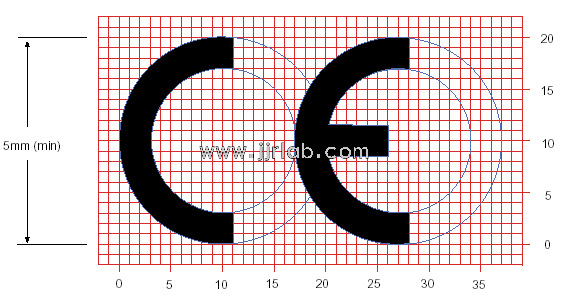 EU CE Certification Guidelines for Lighting Fixtur
EU CE Certification Guidelines for Lighting Fixtur
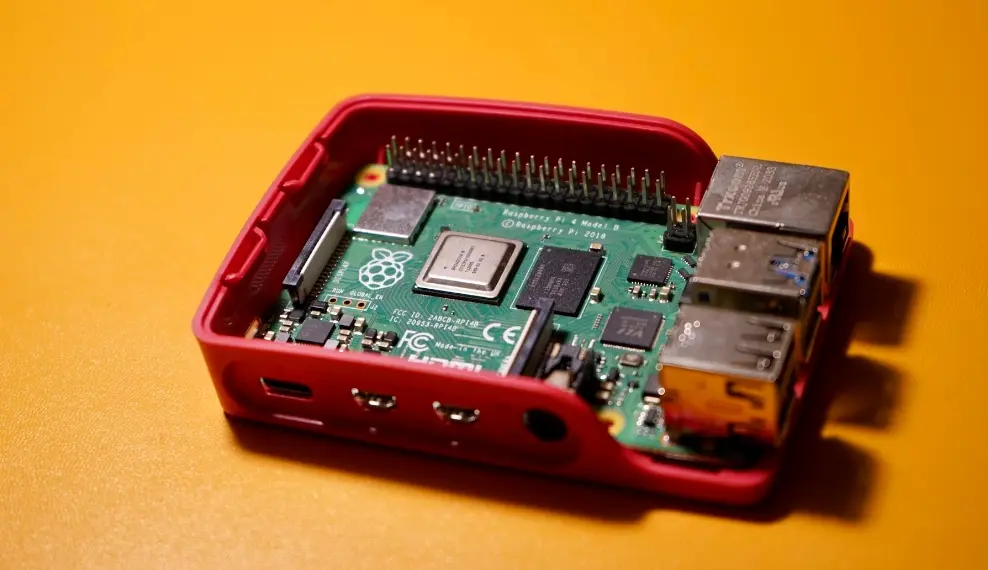 Lithium Battery Export: CB Certification & IEC
Lithium Battery Export: CB Certification & IEC
 How to Apply for One FCC Certificate for Multiple
How to Apply for One FCC Certificate for Multiple
Leave us a message
24-hour online customer service at any time to respond, so that you worry!




